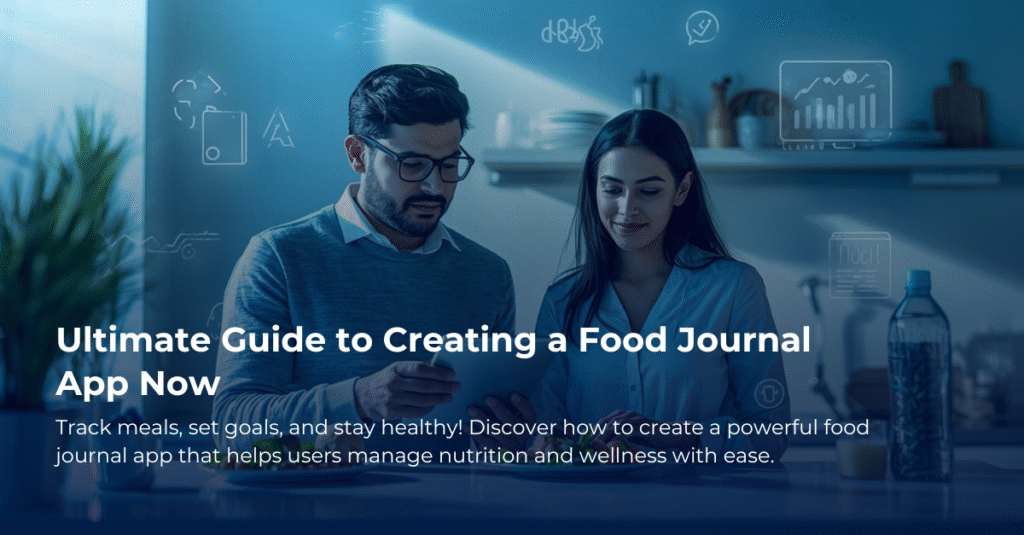Creating a Food Journal Application: Features and User Engagement Tips
Have you ever tried to remember what you ate last week? Or maybe you’ve wondered how many calories are in that delicious piece of cake you just had? If you’re like many people, keeping track of food intake can often feel overwhelming. You might think a food journal application is just another app that complicates your life, but it can actually be a helpful tool for understanding your eating habits.
So, what does it take to create an effective food journal app? Let’s break this down in a way that makes sense.
Essential Features of Your Food Journal App
When designing a food journal application, consider including these practical features:
- User-Friendly Interface: An easy-to-navigate layout is key. Users should be able to input their meals quickly without getting frustrated. This is like having a neatly organized kitchen—it just makes cooking (or in this case, logging food) so much easier.
- Food Database: A robust database that includes a wide range of food items will help users find and log their meals easily. Users should be able to search for items or scan barcodes to add foods effortlessly.
- Calorie Counting: Including a calorie tracker allows users to monitor their intake and set daily goals. It’s great for those looking to lose weight or simply be more mindful of their eating habits.
- Personalization Options: Allow users to set goals, like nutritional targets or weight loss milestones. Everyone’s journey is unique, and personalized features help keep users motivated.
- Photo Logging: Users love sharing photos of their meals. Allowing them to upload images can make the experience more fun and engaging.
- Recipe Integration: Including a feature for users to save their favorite recipes could be a plus. They can log their meals while discovering new dishes they enjoy.
- Progress Reports: Providing analytics or visual representations of their food habits can empower users to reflect on their choices and celebrate their progress.
User Engagement Tips
Now that we’ve talked about the must-have features, let’s move on to how to keep users engaged with your food journal app. Here are a few strategies:
- Push Notifications: Remind users to log their meals or offer tips based on their previous entries. It’s like a friendly nudge from a buddy who’s looking out for them.
- Community Features: Consider adding social sharing options, allowing users to connect with friends or find accountability partners. This creates a sense of belonging and can make the journey more enjoyable.
- Challenges and Rewards: Gamifying the experience by introducing challenges (like a 7-day healthy eating challenge) and offering rewards can motivate users to keep using the app. People love a good competition or incentive!
- Educational Content: Include articles or tips about nutrition, healthy recipes, or meal prepping. This turns your app into a resource, not just a logging tool.
- Feedback Mechanism: Allow users to provide feedback on their experience with the app. This shows you value their input and helps you improve your service.
Conclusion
Creating a food journal application is about more than just tracking meals; it’s a way to help people achieve their health goals in a simple and engaging manner. By incorporating essential features and focusing on user engagement, your app can become a valuable tool for anyone looking to gain insight into their eating habits.
So, if you’re thinking about diving into the world of food journal apps, remember, it’s all about making life easier and more enjoyable for your users. With the right approach, your app could be their new favorite tool for a healthier lifestyle.







